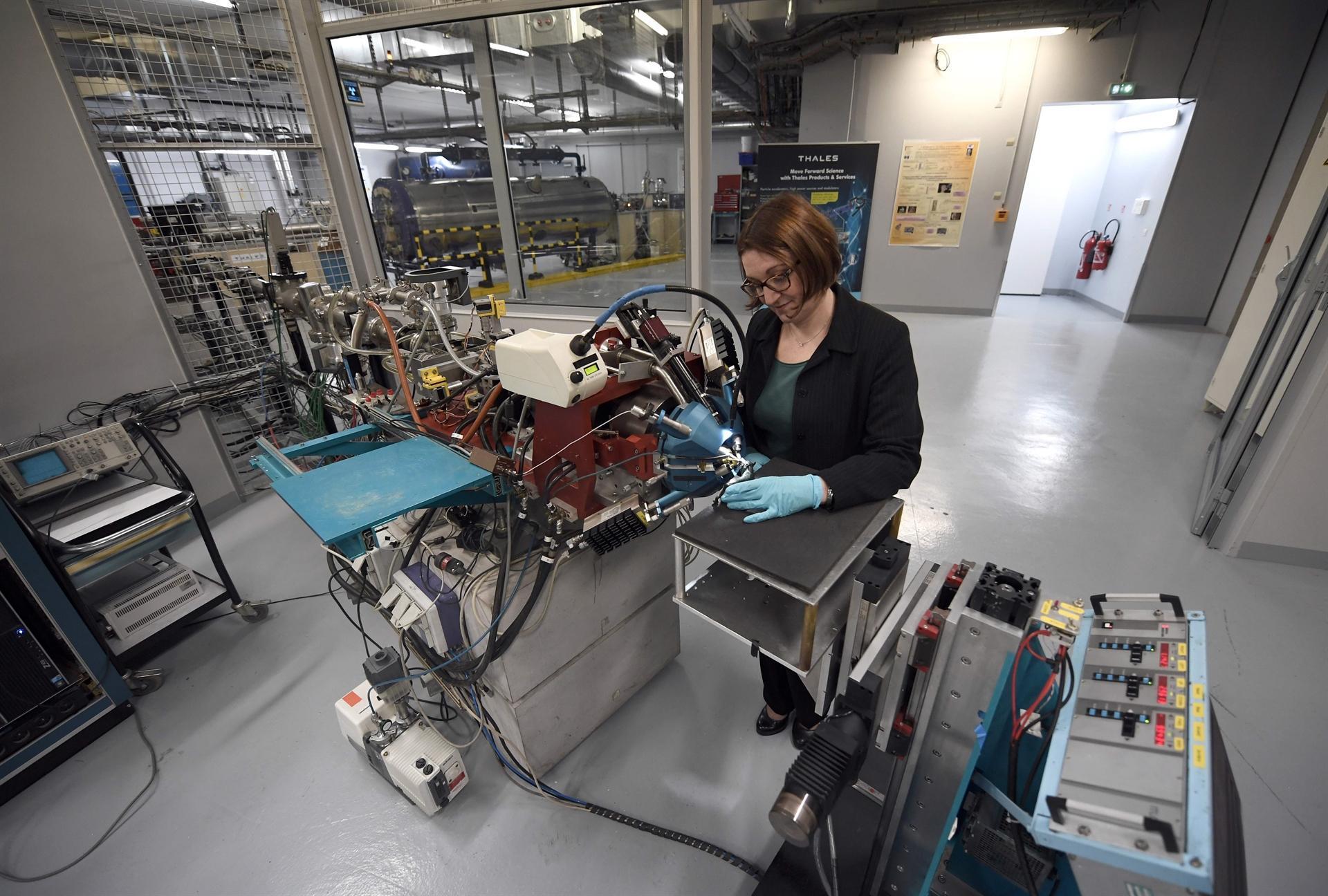
The world’s only particle accelerator dedicated to art was switched on at the Louvre in Paris on Nov. 23 to help experts analyze ancient and precious works.
The 37-meter AGLAE accelerator housed underneath the huge Paris museum will be now be used for the first time to routinely study and help authenticate paintings and other items made from organic materials.
The Centre for Research and Restoration of the Museum of France (C2RMF), which is independent of the Louvre, has spent 2.1 million euros ($2.5 million) overhauling and upgrading the machine, which can determine the chemical make-up of objects without the need to take samples.
“Up to now we almost never analyzed paintings because we were afraid the particle beam might change the colors” when it hit the pigments in the paint, director Isabelle Pallot-Frossard said.
The AGLAE works by speeding up helium and hydrogen nuclei to speeds of between 20,000 to 30,000 kilometers per second and then bombarding the object, which emits radiation that can be captured and analyzed.
Among the first objects to be tested by the newly configured accelerator were Roman votive statues of the household gods, the Lares, which were said to protect the home.
They were uncovered from the ancient forum of Bavay close to the border with Belgium. The old accelerator, which was built in 1988, could only work between eight and 10 hours a day, but the new one can function around the clock, the C2RMF said.